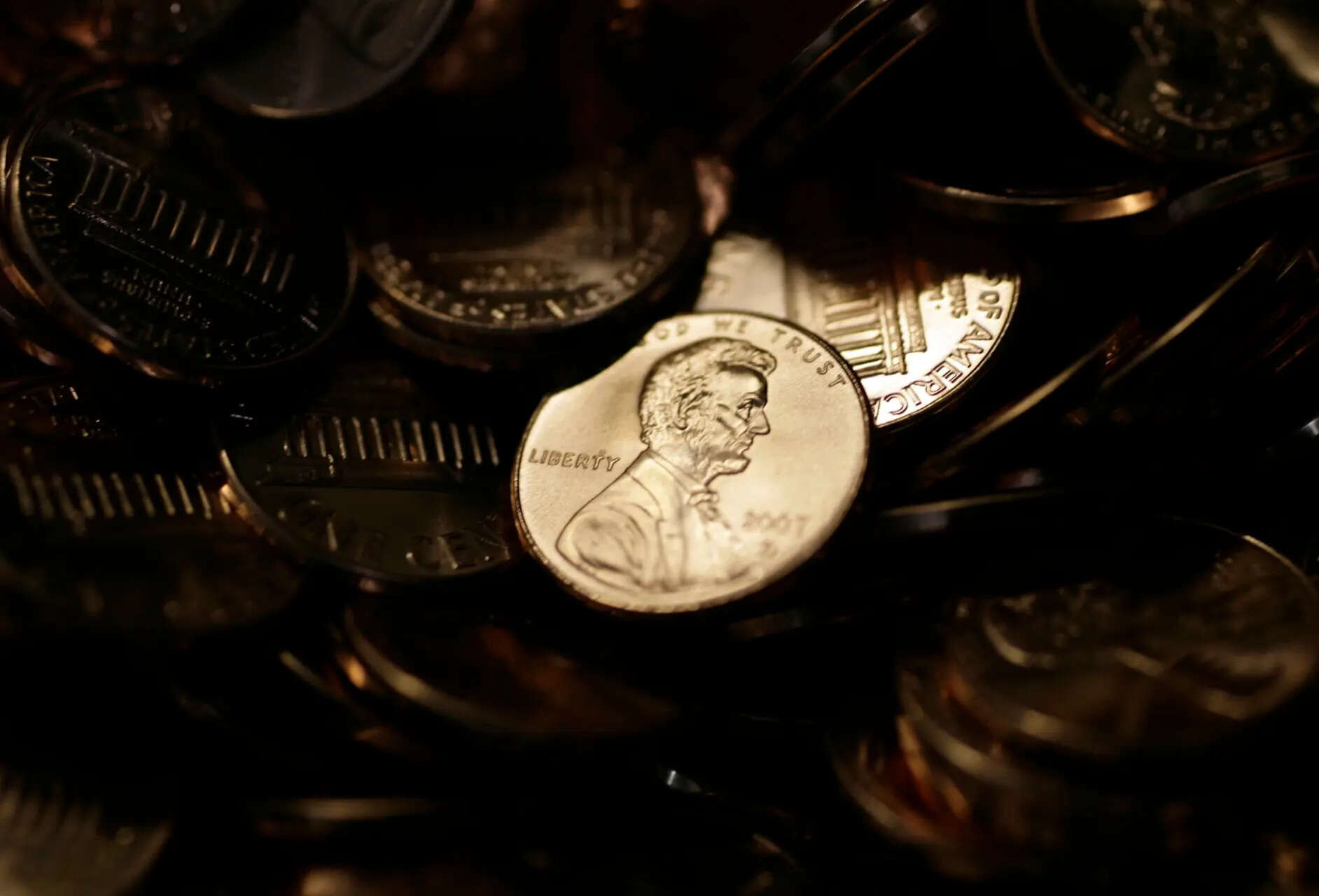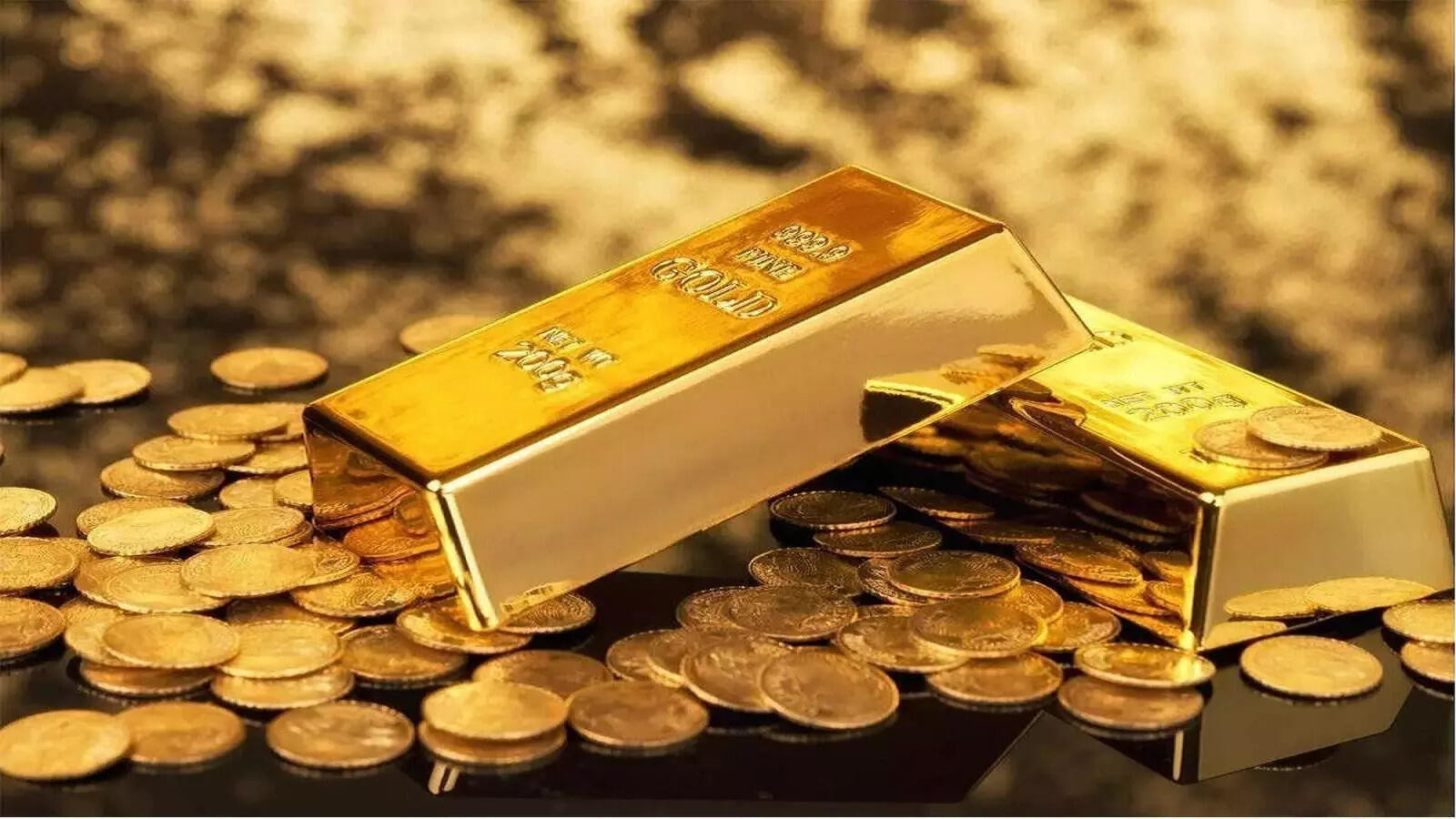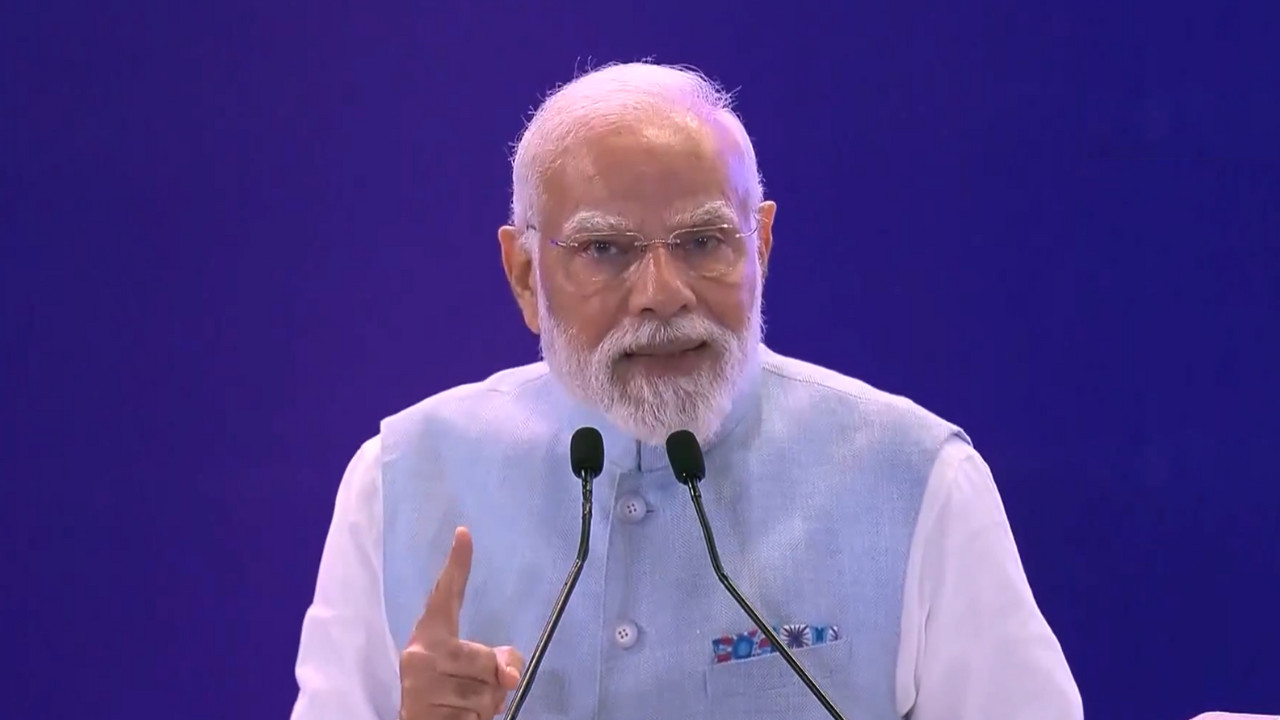America faces a severe penny shortage after President Trump halted production. Retailers and banks are struggling with cash transactions, with some businesses offering incentives to bring pennies back. The abrupt decision, aimed at cost-saving, has left commerce in disarray, prompting calls for government clarity as the holiday season approaches.
Penny Pinching Problem: America’s Coin Conundrum
Remember digging through your couch cushions for that last penny to complete a transaction? Well, those days might be closer to an end than you think. The United States is facing a rather curious situation: a shortage of pennies. Yes, you read that right. America, land of the free and home of the brave, is running low on its smallest denomination. But how did this happen, and what does it mean for your wallet?
For years, the penny has been a subject of debate. Its production costs more than its face value – around 2 cents to mint a single 1-cent coin. That’s like paying $2 for a $1 bill! This has led to calls for its elimination, with some arguing that it’s an outdated relic in our increasingly digital economy. Enter former President Trump, who reportedly floated the idea of reducing the penny’s weight to save money, a plan affectionately dubbed “common cents.” While that plan didn’t pan out, the underlying issue – the penny’s inherent economic inefficiency – remains.
But it’s not just production costs fueling the crisis. The COVID-19 pandemic threw a wrench into the nation’s coin circulation. Lockdowns and social distancing measures reduced in-person transactions, causing a buildup of coins in people’s homes and businesses. The flow of coins through the economy slowed to a trickle, creating a bottleneck that the Federal Reserve struggled to unclog.
<img src="image-of-pennies-piled-high.jpg" alt="A close-up view of pennies piled high, illustrating the current penny shortage in the US.”/>
Retailers are feeling the pinch, literally. With fewer pennies available, cash transactions become more complicated. Providing exact change becomes a challenge, potentially leading to rounding up or, in some cases, losing out on sales altogether. Imagine running a small business and constantly having to explain to customers why you can’t give them the correct change. It’s a recipe for frustration on both sides of the counter.
Furthermore, the penny shortage is impacting charities that rely on coin donations. Those little drops in donation jars add up, and when fewer pennies are circulating, charities feel the impact on their fundraising efforts. It might seem insignificant, but for organizations working on tight budgets, every penny counts.
The Federal Reserve has taken steps to address the shortage, including encouraging banks to order more coins and asking businesses to deposit excess coins. They also lifted the production restrictions that were in place during the pandemic. Whether these measures will be enough to fully restore coin circulation remains to be seen.
The Future of the Penny
So, what does the future hold for the humble penny? Will it eventually be phased out altogether? It’s a question that continues to be debated, with strong opinions on both sides. Supporters of the penny argue that it serves an important psychological function, allowing for precise pricing and making people feel like they’re getting a better deal. They also point to the potential impact on lower-income individuals who rely on cash transactions.
The potential elimination of the penny is just one piece of a larger discussion about the future of currency. As digital payment methods become increasingly prevalent, the role of physical cash is evolving. We see this in the rise of contactless payments, mobile wallets, and even cryptocurrencies.
This coin conundrum highlights a fascinating tension between tradition and efficiency. While the penny may seem like a small issue, it reflects larger trends in our economy and the ongoing shift towards a cashless society. Could this lead to a more digital future? You can also read about how the pandemic impacted [the economy](internal-link-to-related-content). The question is not just about the fate of the penny, but also about how we adapt to a rapidly changing financial landscape. This penny pinch is more than just pocket change; it’s a signal of a broader economic evolution.







